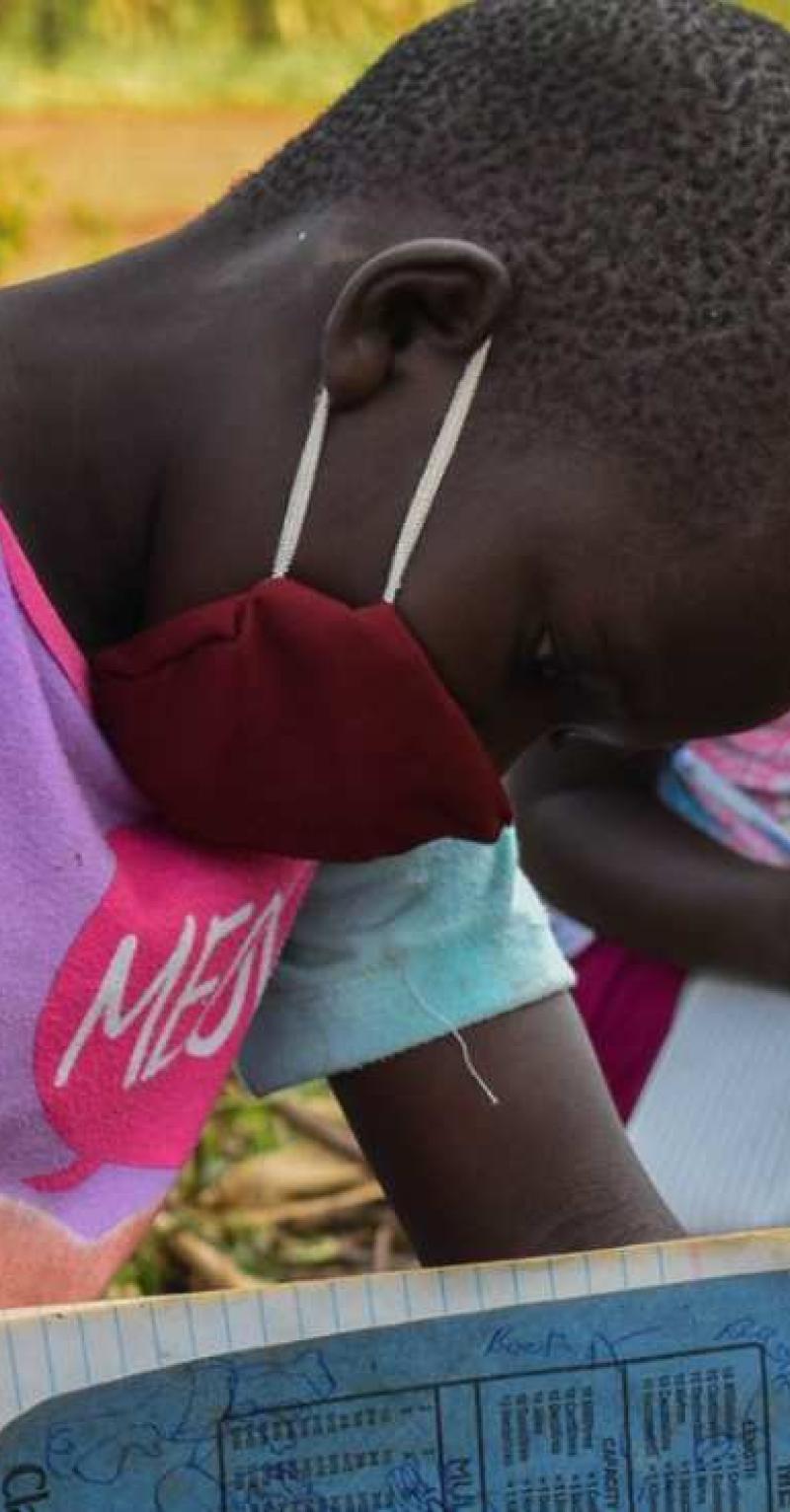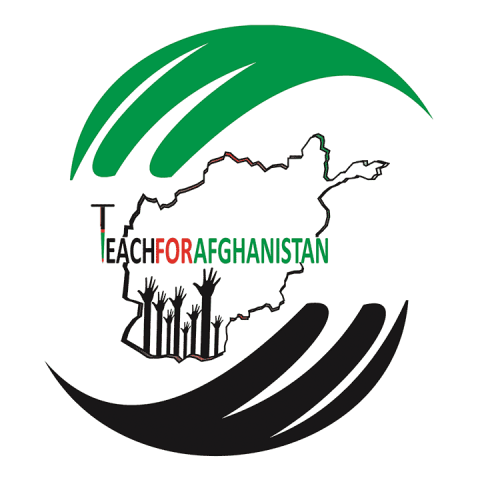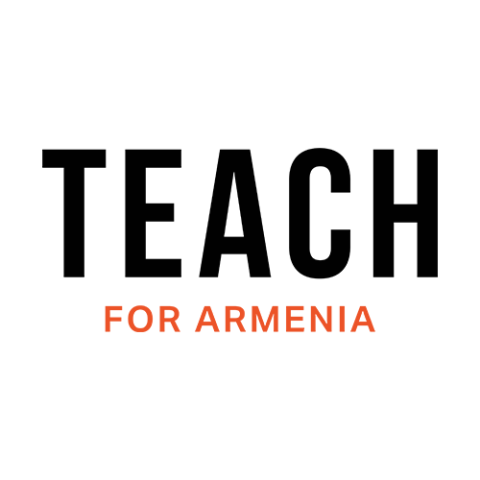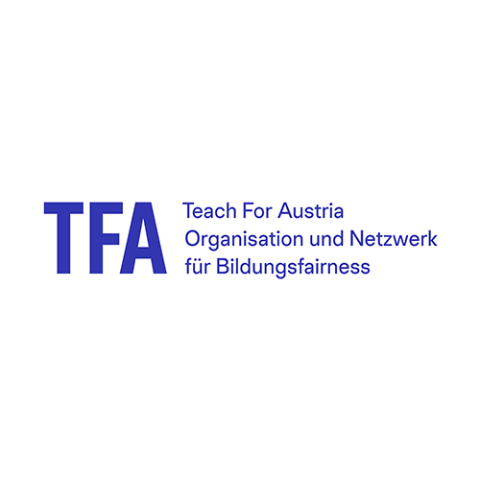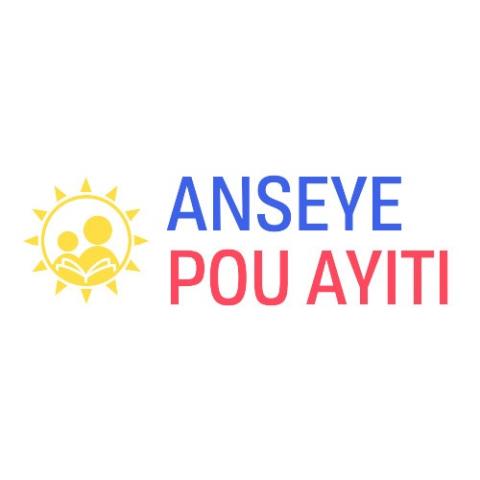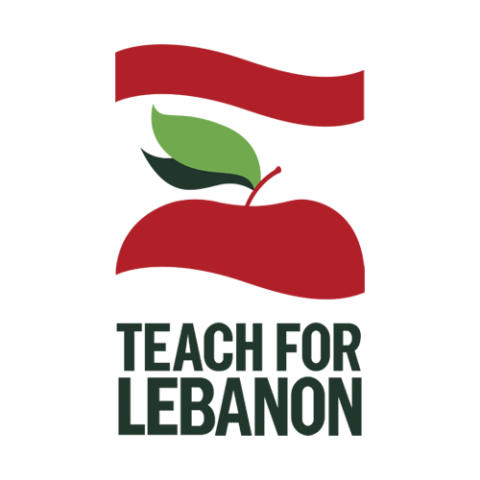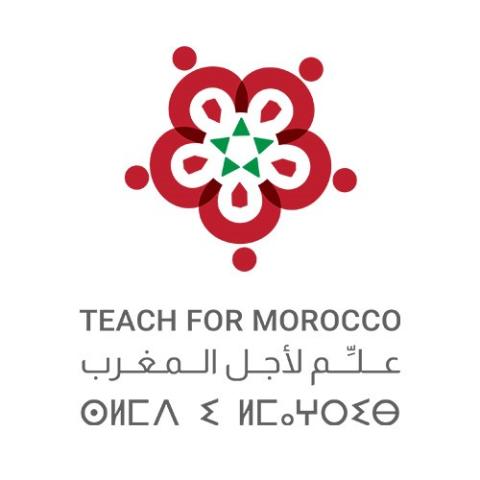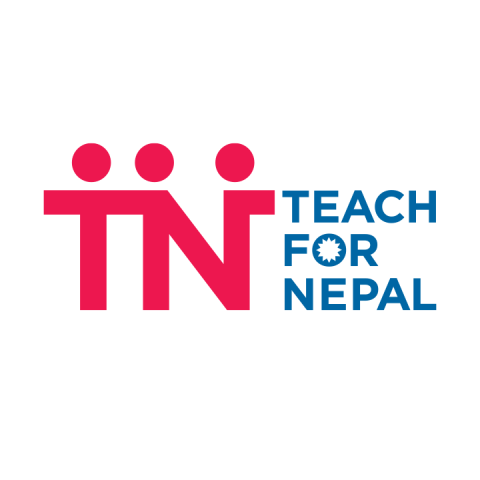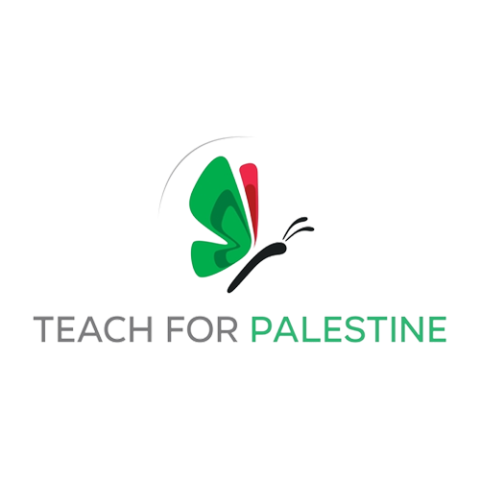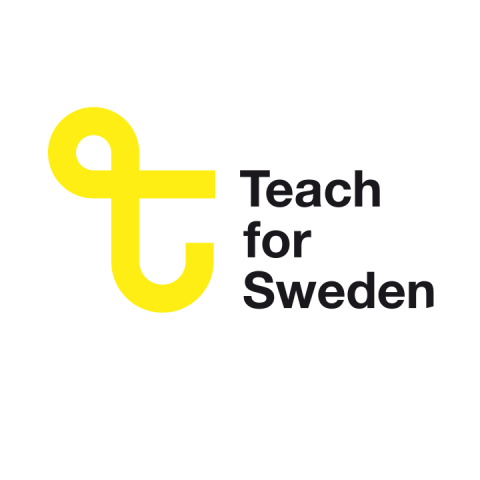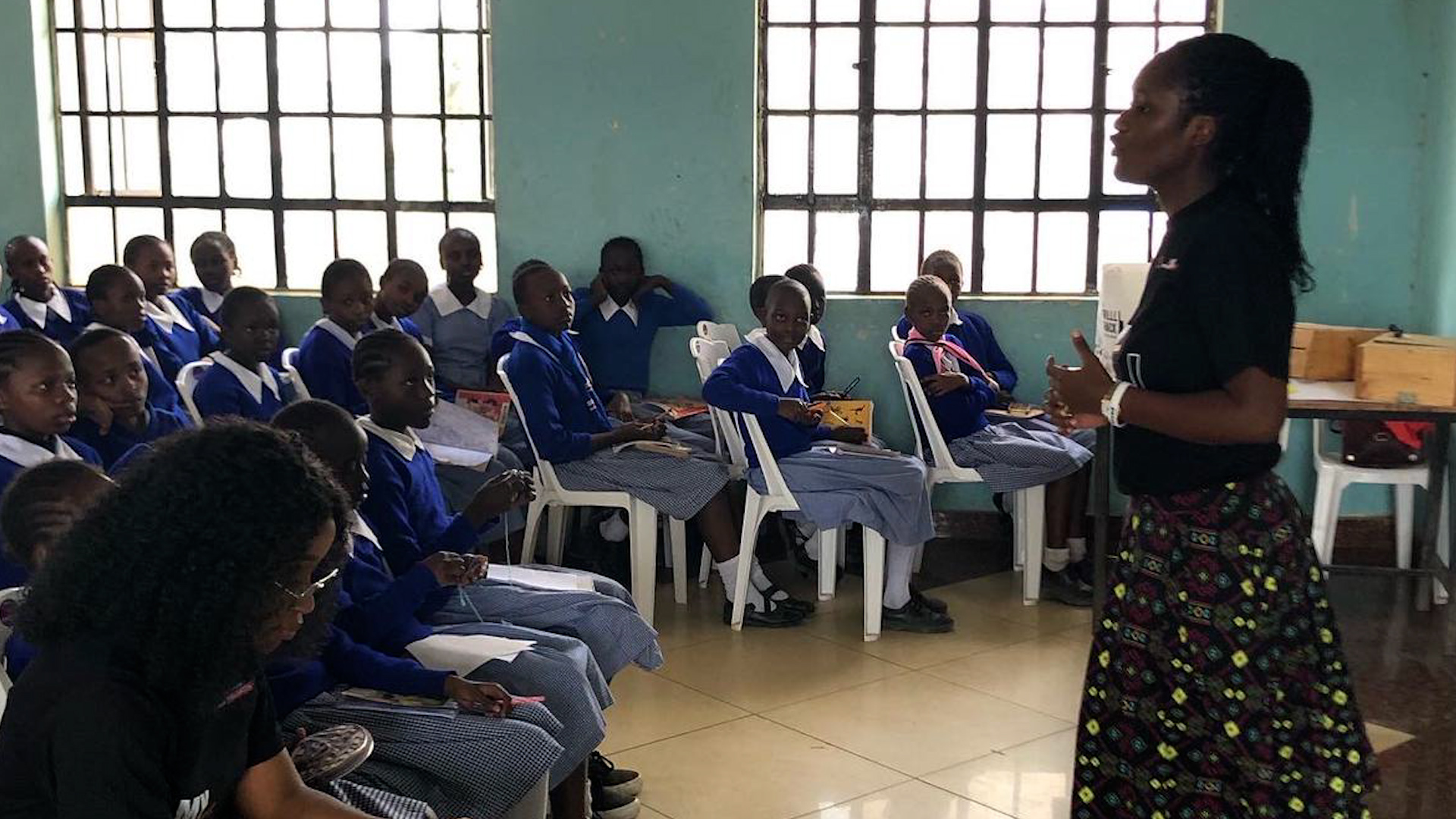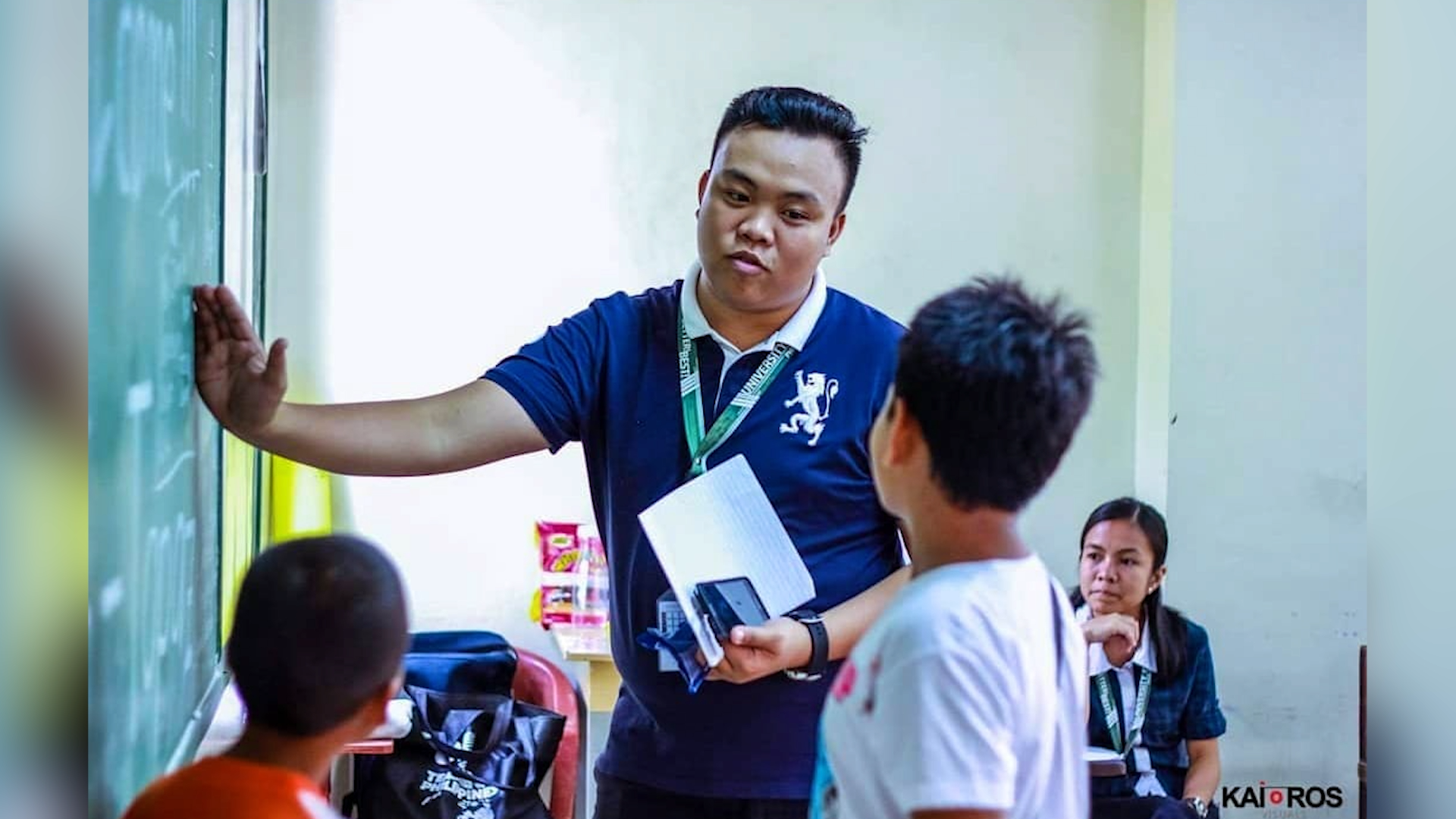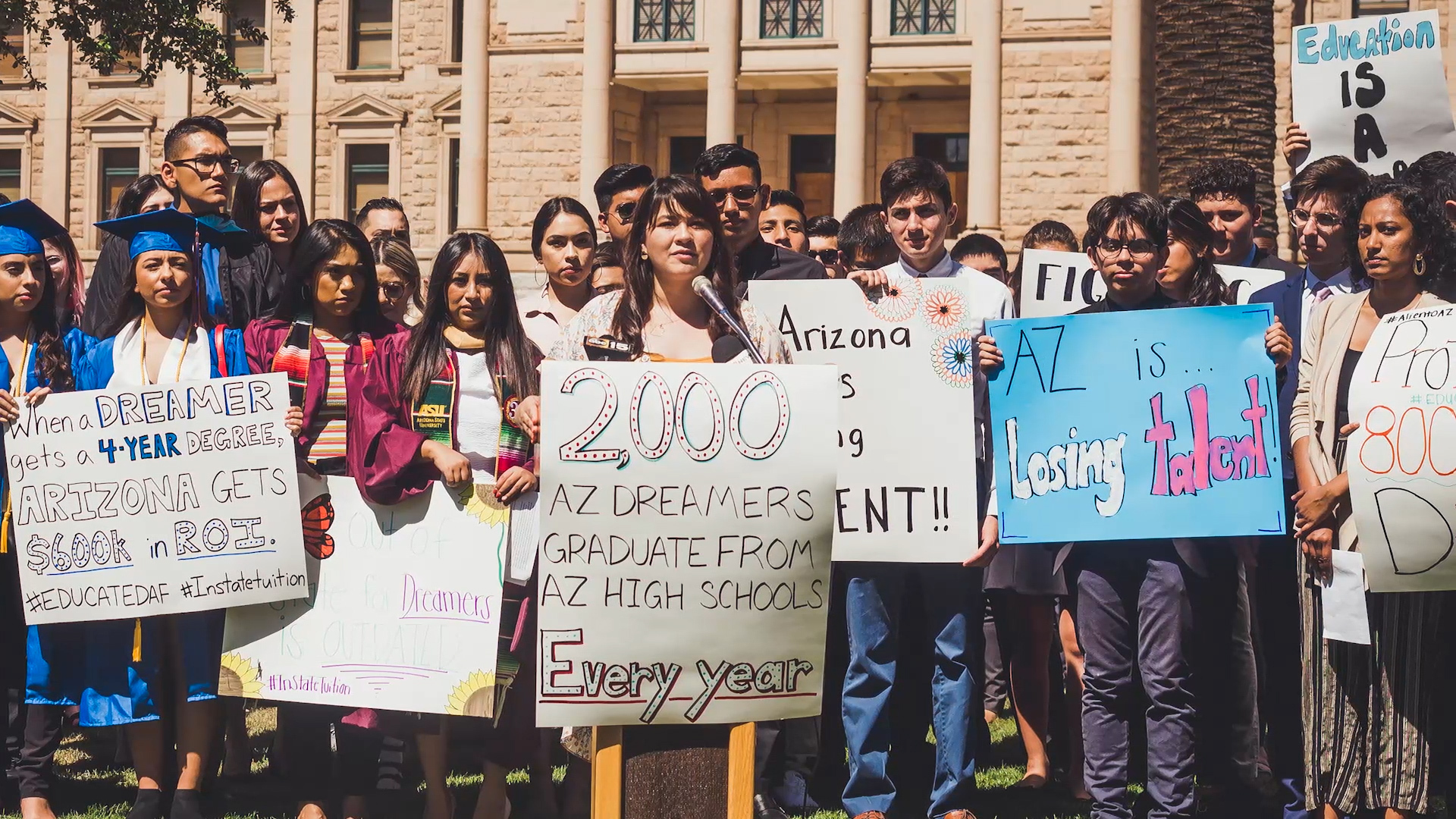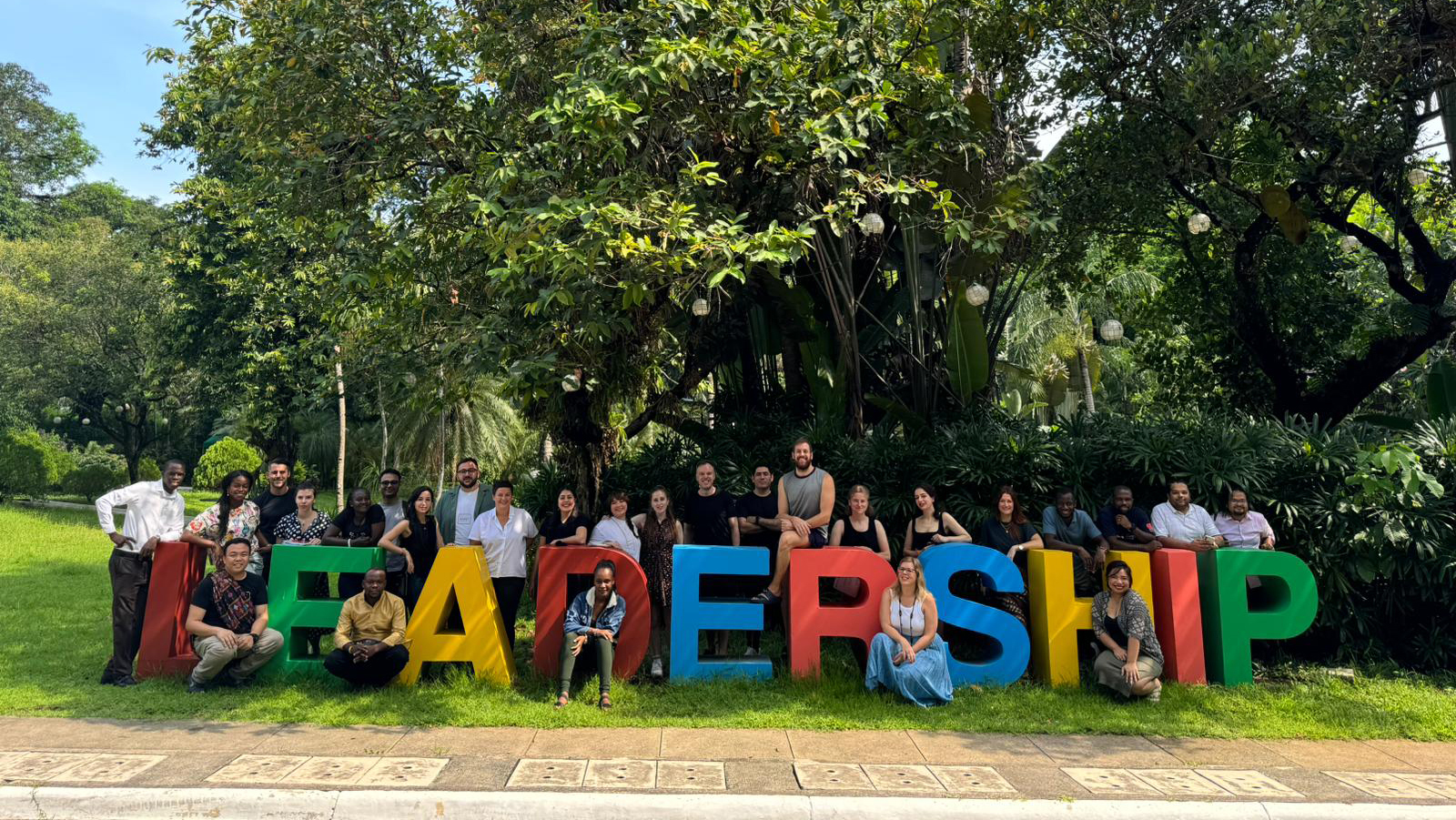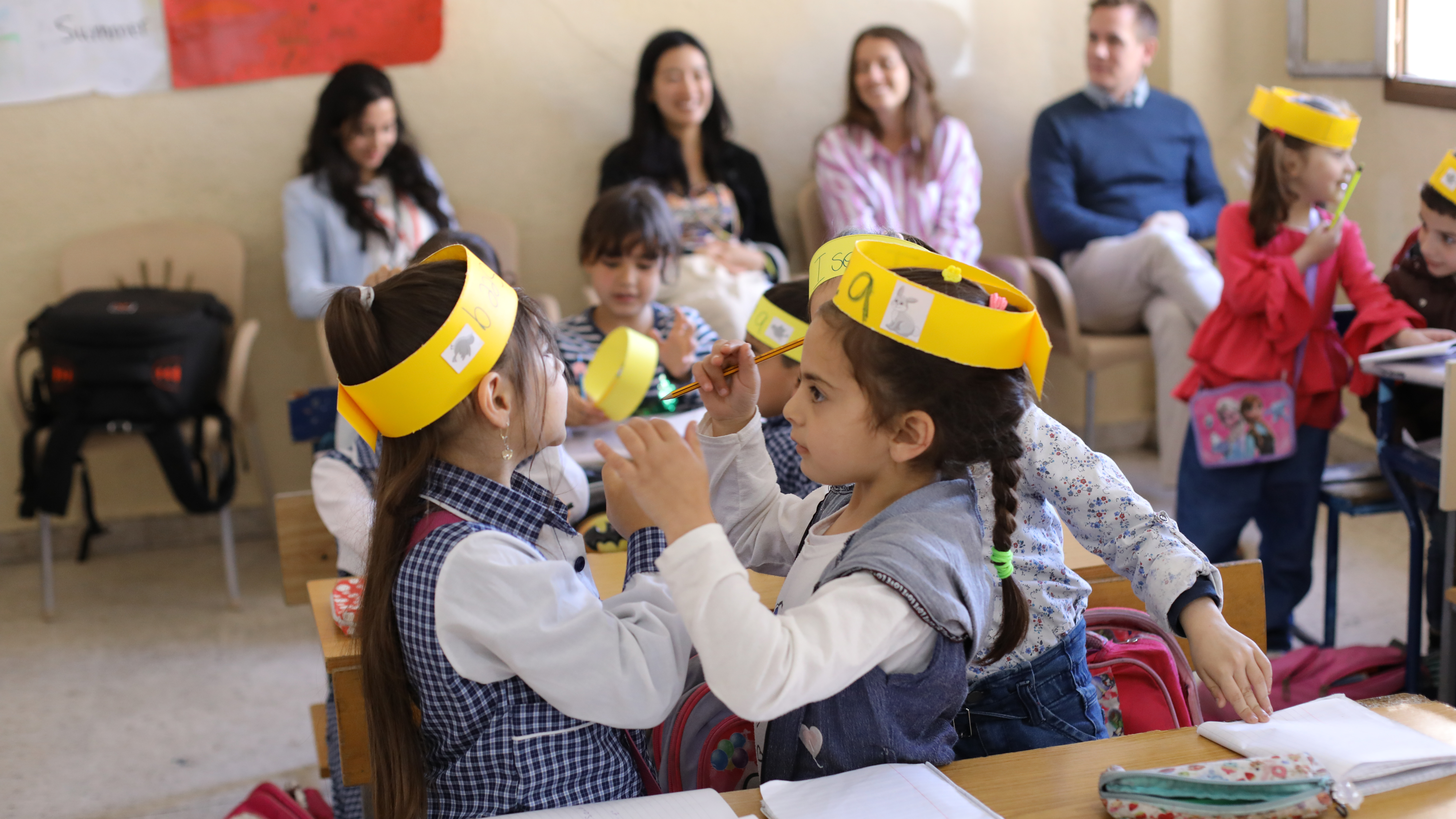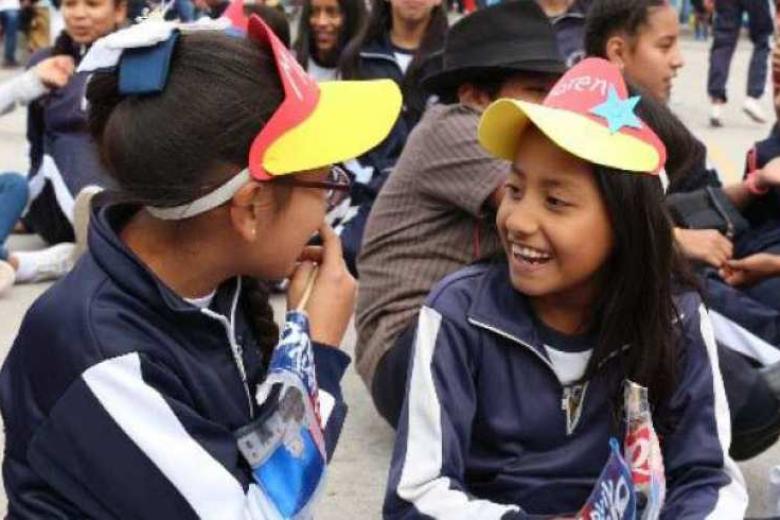
Emergencies Disrupt Education
Humanitarian emergencies—including conflicts, mass displacement, natural disasters and health crises—cause severe disruptions to education for millions of children, making them more susceptible to exploitation, poverty, ill health, and a host of negative coping mechanisms.
In the coming years, we envision Teach For All partners supporting thousands of crisis-affected children in countries across the world and building a network of young leaders who will work to transform systems to better serve these communities and ensure all children, regardless of their circumstances, can fulfill their potential.
The Global Learning Emergency for Crisis-Affected Children
1 in 4 of the world’s school aged children and youth live in countries affected by crisis. Such crises have resulted in over 35 million children being forcibly displaced from their homes. Continuous access to quality learning is a top priority for children and families affected by conflicts, natural disasters, and displacement.
Emergencies can impact every aspect of the education sector, including: children’s ability to access learning, the quality of teaching and learning outcomes, the protective nature of education, and the broader functioning of the education system.


The Power of Education in Emergencies
As well as enabling children to continue their learning, Education in Emergencies (EiE) helps them adapt to new environments, form community connections, and develop critical life skills.
Because being out of school due to an emergency situation leaves crisis-affected children more vulnerable to circumstances such as child labor, child marriage, recruitment into armed groups, and food and water insecurity, education offers children much-needed stability and a return to normalcy, and promotes psychosocial wellbeing. Following a traumatic event, being back in a learning environment provides children with a sense of structure and routine, access to potentially life-saving information, and a safe place to play, learn, and heal. When crisis-affected children are in school, entire communities benefit—getting children back into learning offers a better chance to break cycles of conflict and contributes towards establishing peace and restoring communities.
In Countries Around the World, Teach For All Network Partners are Supporting Crisis-Affected Children
Across Teach For All’s global network, partner organizations are addressing emergency situations in the countries and communities where they work in multiple ways, including:

In the Classroom
Network partners help teachers develop the skills and mindsets to support students experiencing emergency situations
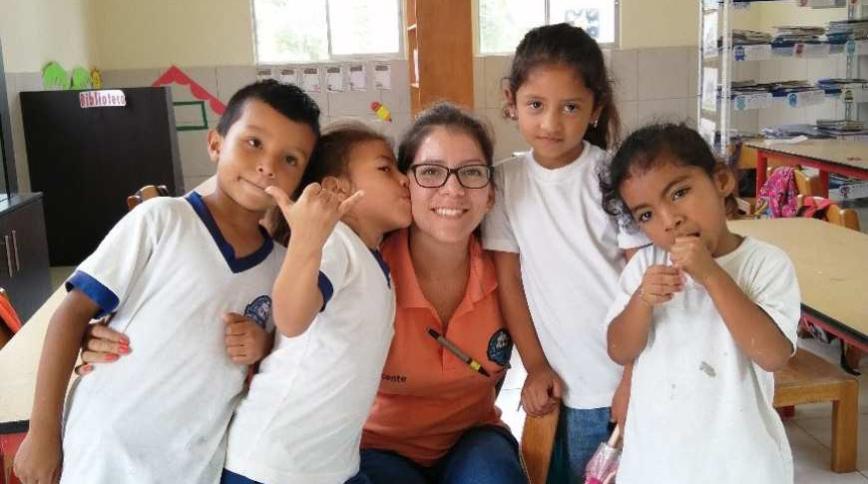
Teacher Recruitment
Partners recruit teachers who have themselves experienced emergencies
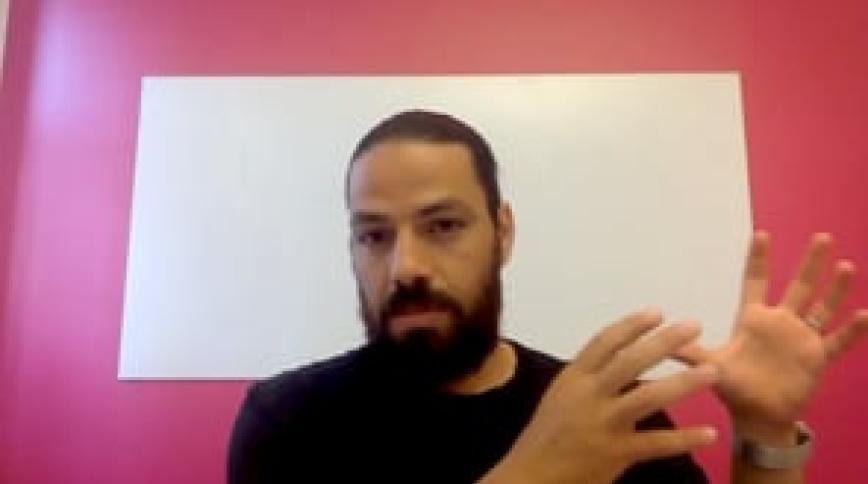
Staff recruitment
Partners hire diverse teams, knowing that the movement to end inequity needs to be led by those affected by it

Alumni Leadership
Motivated by their time in the classroom, alumni across the network launch and lead EiE initiatives
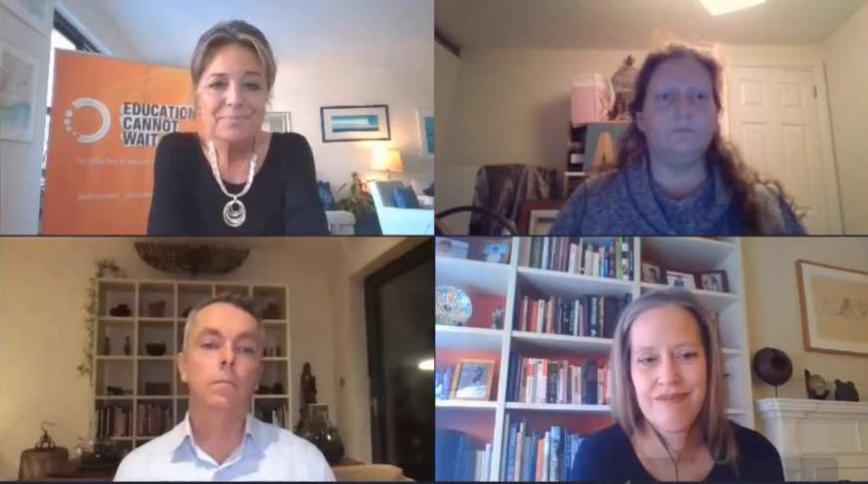
Global advocacy
Our network engages with key EiE stakeholders to transform the systems that hold children back
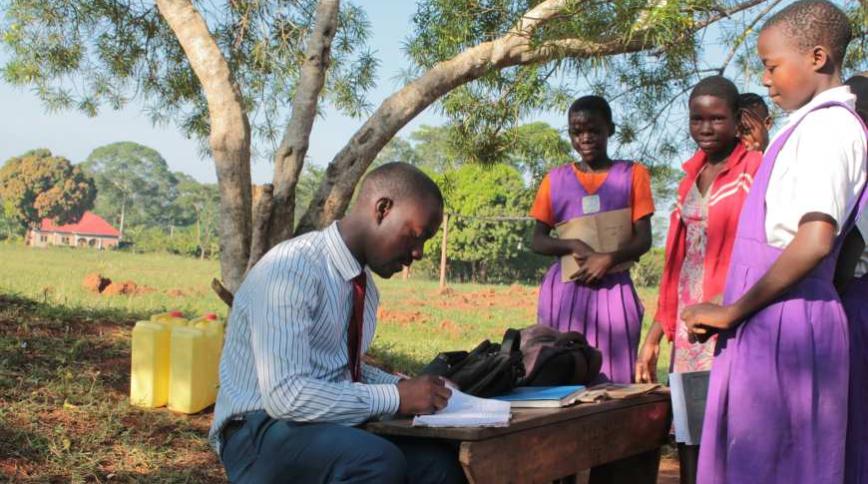
Partnerships
Teach For All and its network partners build partnerships with other organizations working to support EiE
What makes our network’s approach so critical?
Bridging the gap between development and humanitarian aid
Teach For All network partners strive for both immediate and long-term impact in crisis-affected communities. Teachers are placed in high-need classrooms for a minimum of two years, and beyond this, many network alumni develop and lead social enterprises that support crisis-affected students and families.
Quality learning
Moving beyond just improving access to education, our network’s focus is on quality teaching and holistic development for students--including leadership, social emotional skills, and wellbeing, as well as academic outcomes.
Leadership
We invest in the development of local leaders, who are the best positioned to respond to humanitarian crises, and address the complex challenges of the EiE learning crisis.
People-first approach
Network partners are locally-led, independent organizations that are implementing context-appropriate EiE responses. Partners' programming is informed by the perspectives of teachers and staff who have themselves experienced crisis situations.
Systems strengthening
Whenever possible, our partners work within existing formal education structures to sustainably support crisis-affected children.
Sharing solutions across borders
Network partners share solutions, opportunities, and best practices with one another. With over 40 Communities of Practice of teachers, alumni, and staff, the global nature of the Teach For All network accelerates the impact of each organization.
EiE Stories From Across the Network
Explore some examples of how teachers and alumni of Teach For All network partners are supporting children in crisis-affected contexts.
Network Alumni Leaders Working in EiE
Informed by their experience in the classroom, alumni of many Teach For All partners pursue careers supporting children and communities in emergency contexts.
EiE Practitioners Connecting Across Borders
Our Education in Emergencies communities of practice enable teachers, alumni, and staff across the Teach For All network to share challenges, insights, and innovations with each other. Successful solutions in one country or community can be adapted to needs and context of another, accelerating progress locally and globally,
EiE Resources
The following resources were developed to support the continuation of learning in the midst of a crisis.
Contact Us & Get Involved
If you're interested or engaged in work pertaining to Education in Emergencies and want to learn more about this initiative, subscribe to the Teach For All EiE Newsletter, join our Facebook community, and please reach out to us.

